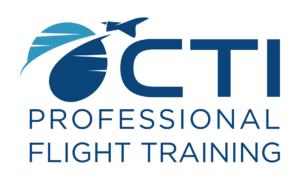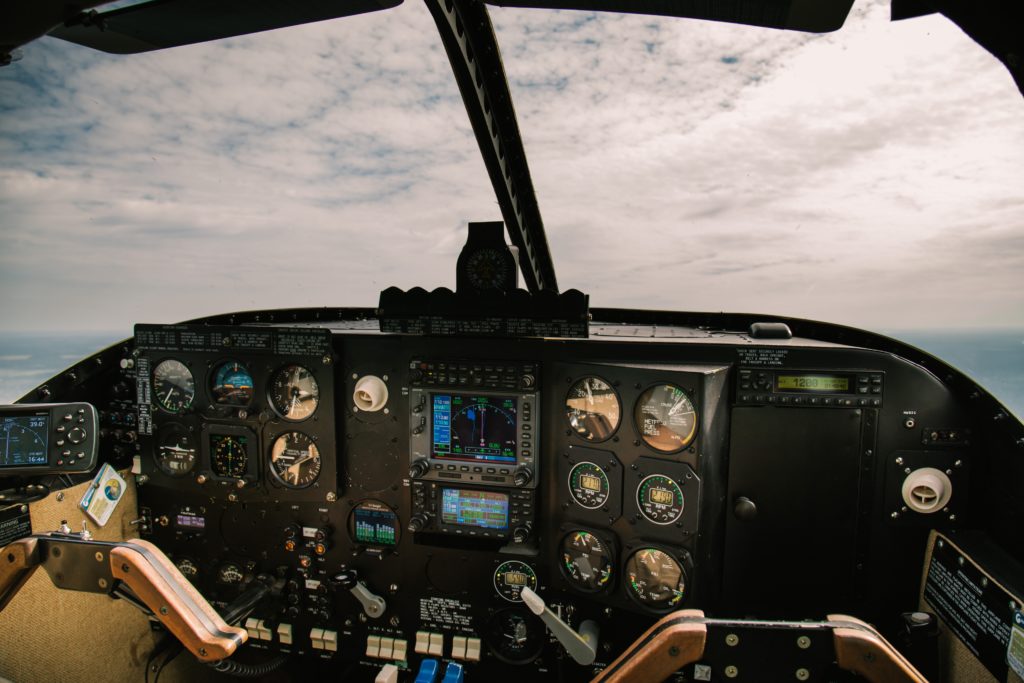Flight Training
Why Private Pilots Should Consider an Instrument Rating
If you have a private pilot’s license, but don’t have an instrument rating, you may be missing out. An instrument rating allows you to fly rather than be stuck on the ground during cloudy weather conditions, and other weather conditions that cause low visibility. The Instrument Flight Rules Rating (IFR) training requirements include 30 hours…
Read MoreRadio Etiquette for Pilots
FAA Safety Briefing Editor, general aviation pilot, and flight instructor Susan K. Parson recently published a list called “Rules for Radio” that spells out proper and incorrect radio etiquette when you’re communicating to air traffic controllers. These tips are incredibly valuable for student pilots or those struggling with ATC communications. So, here’s a list of…
Read MoreThe History of Flight Simulation Games
The use of computers for flight simulation started in the 1960s and became universal in the 1980s. In the beginning, these simulators were only available on high-end systems, but as the personal computer grew, flight simulator quickly became mainstream and accessible to the public. Today, flight simulation can be experienced via popular video game consoles…
Read MoreThe 3 Easiest Planes to Learn to Fly
When you learned to drive a car did you start out with a Lamborghini? Probably not, because they’re rare and expensive, but even more – they’re hard to drive. When you’re learning to fly you want to keep it as simple as possible. If you start your flying journey with a complex plane that’s not…
Read MoreThe Benefits of Flight Simulation Training
Students at our Tennessee flight school will be familiar with our Redbird FMX – a state-of-the-art flight simulator which forms a vital part of their training. But why do we use it? And why should you look for a flight school which uses flight simulation? In this article, we’re going to look at flight simulation training and all the…
Read More




